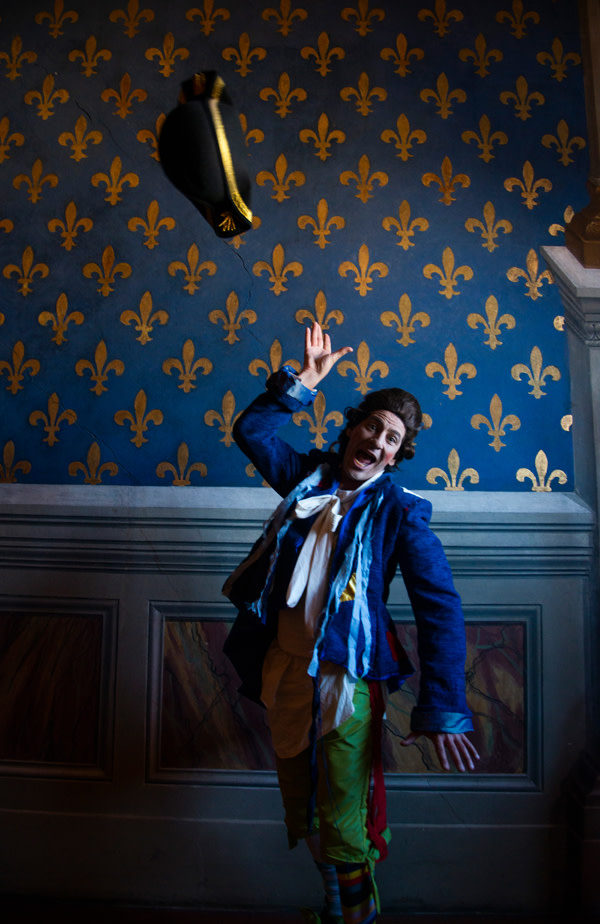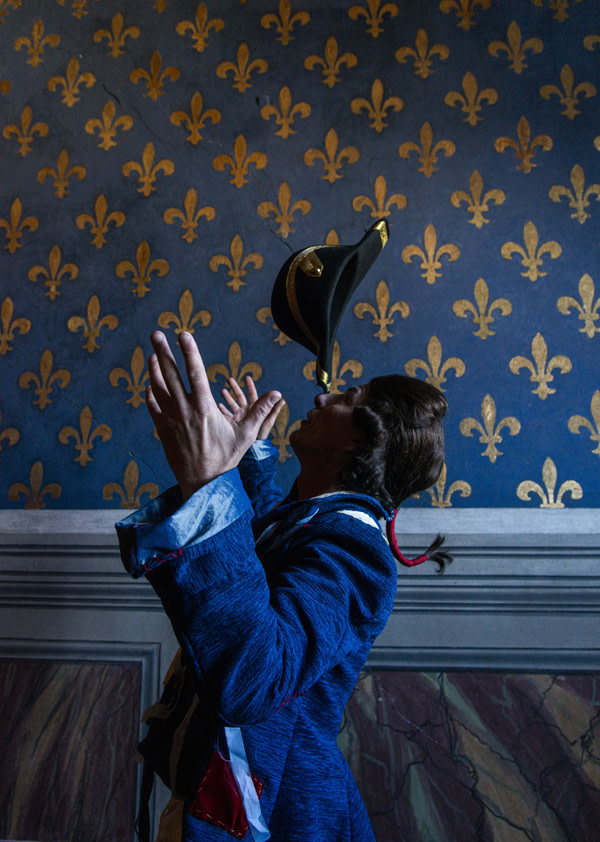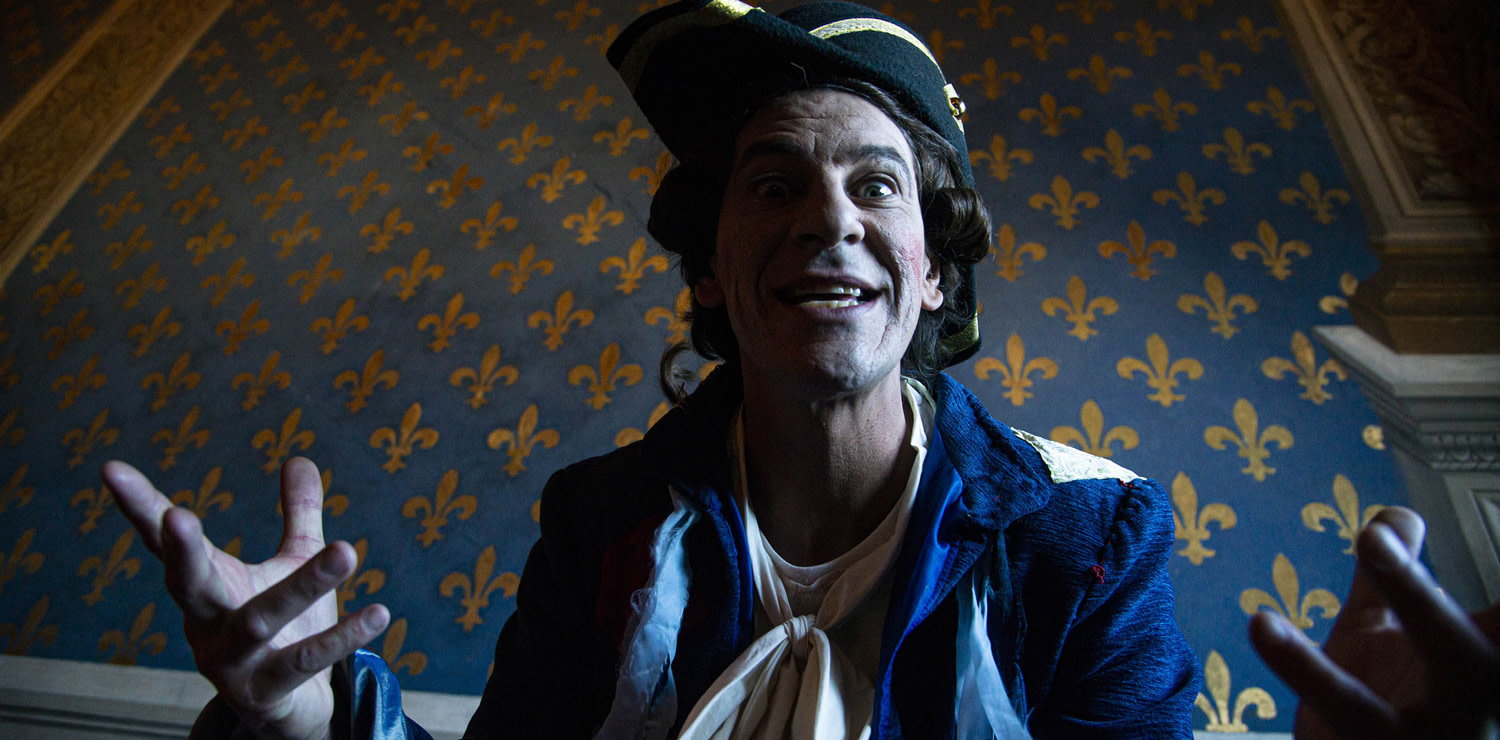Everything you need to know about Stenterello mask
The historical mask of the Carnival of Florence
Maybe not everyone knows it, but Carnival has ancient roots in Florence.
In Florence, in fact, the tradition of floats called triumphs (set up in wood and jute) made it possible to celebrate the days before Lent in a lively, curious and crowded way.
The parades of floats, the parties, the game were maintained in the period when the Lorraine reigned over Tuscany: the course of the carriages, the vigils, the dances in the theatres (starting with La Pergola, where operas and comedies were also premiered for the occasion) and the sumptuous masked gatherings in Piazza Santa Croce were generally allowed in the afternoon and evening, while the theatres remained open for longer and became the perfect place to set up dancing parties, which were also organized in the private homes of foreign diplomats' palaces.
 The character of the Stenterello
The character of the Stenterello And just at the end of the eighteenth century, at the Teatro del Cocomero, thanks to the Florentine actor Luigi del Buono, the character of Stenterello was born: skinny for the hardships he had lived through, pale, shaky, populous and poor, ironic and cunning, he represents the man who manages to save his skin every time and at the same time to criticize and polemicize with the authorities, the perfect type of Florentine of his time.
On the yellow waistcoat a double declaration of identity: the 28th on the chest (and in Florence, as we know, is the number of those who are betrayed by his wife) and the inscription lays flat on the edge identifies him as a calm type, apparently distracted but able to avoid every effort.
 don't miss the chance to see it live, February 21 and 22.
don't miss the chance to see it live, February 21 and 22. The stockings up to the knee in different colours and a passion for wine have always marked him, while Pellegrino Artusi tells us that Stenterello likes pancakes made with round-shaped rounds (the ones described in recipe 181), scented with lemon and sweets made with Malaga grapes.
To relive the magic of the Carnival of Florence with Stenterello, do not miss this great event!









